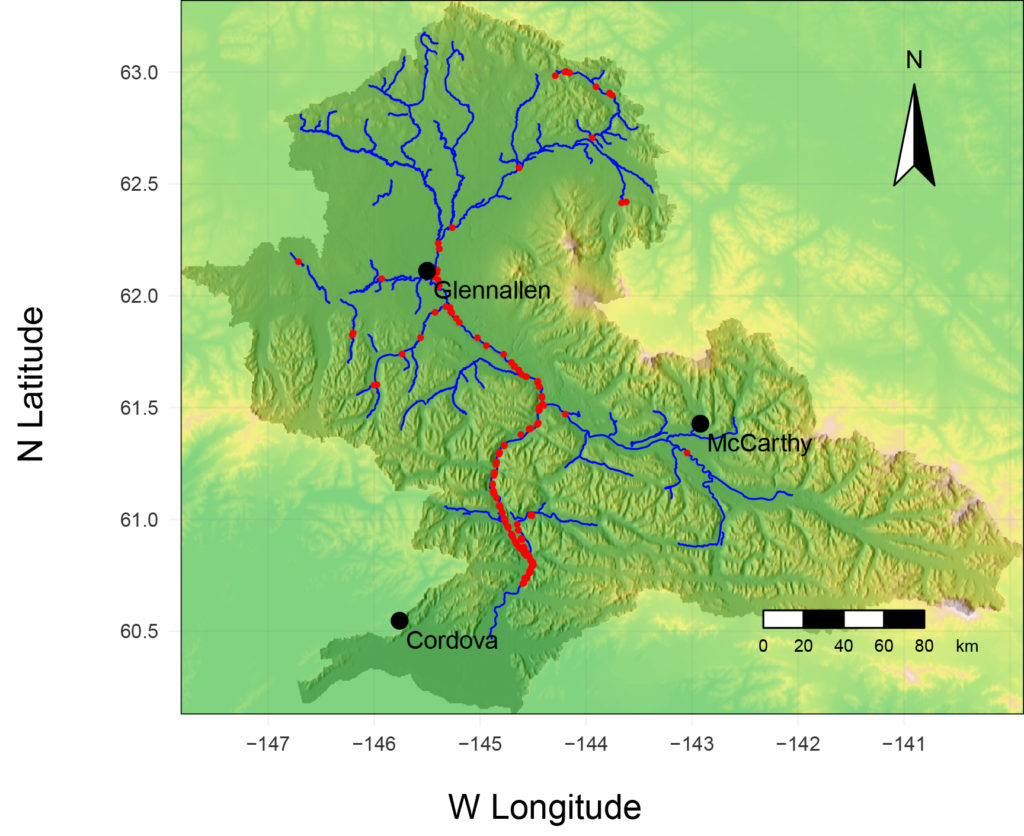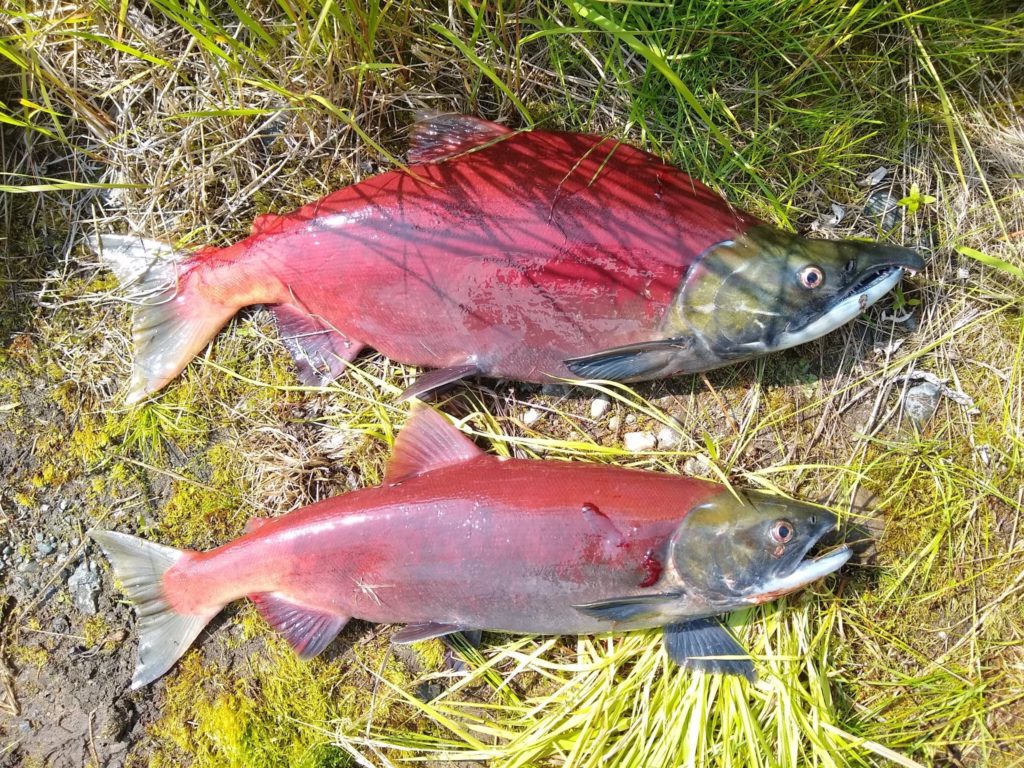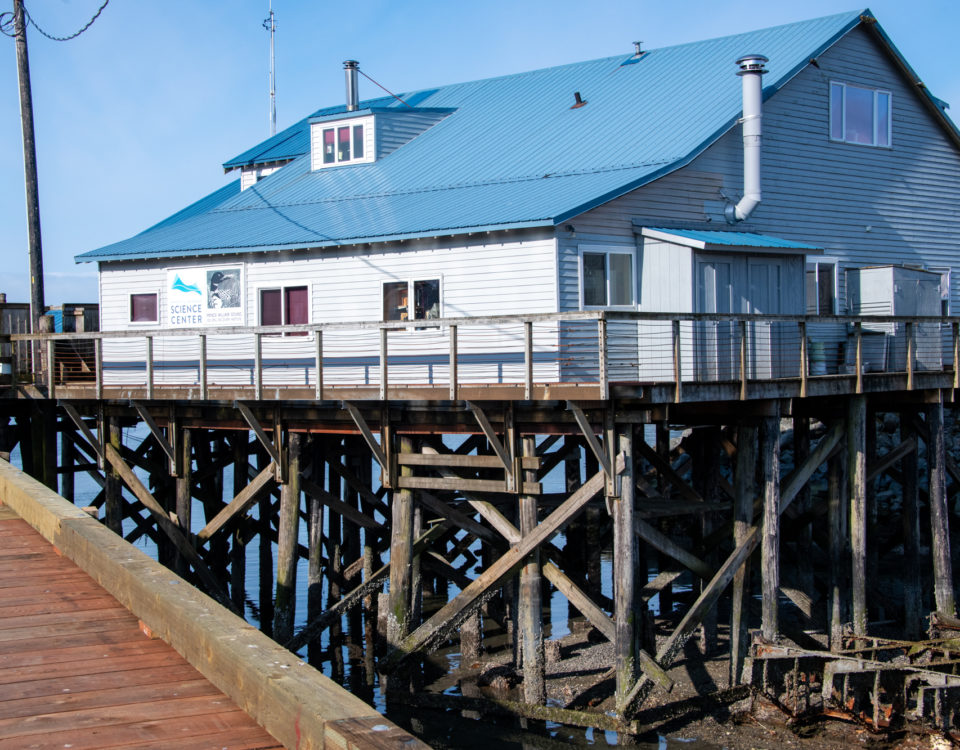Radio-tagged sockeye head upriver
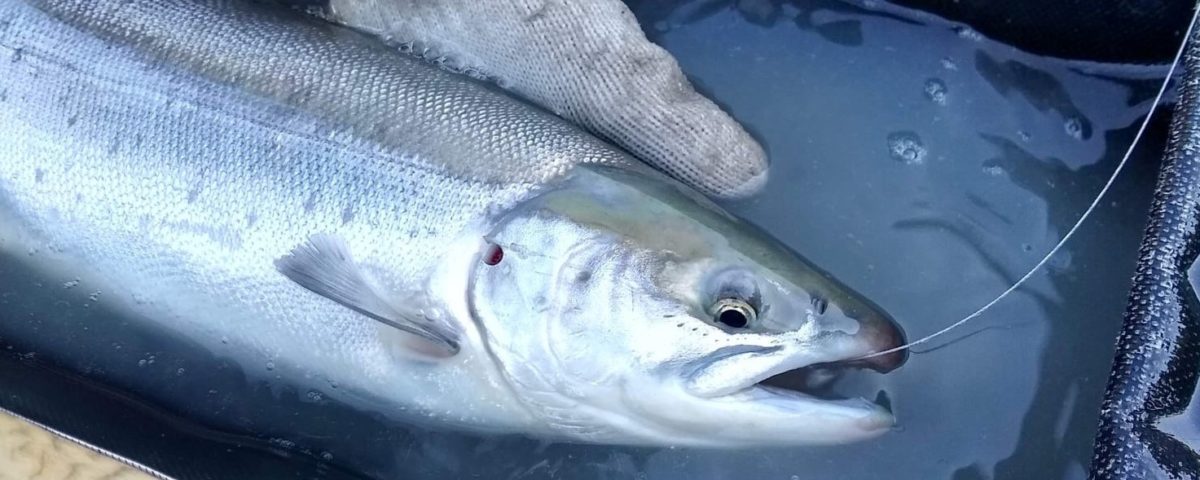
July 23, 2021
Over 300 salmon were radio-tagged earlier this summer as part of the Sockeye Salmon Migration Study in the Copper River. Our goal is to understand how changes in size, condition, and health of sockeye salmon are affecting their ability to migrate and successfully reproduce in the Copper River. There has been a long-term decline in size of adult sockeye salmon in the river, and in recent years we have also noted a drop in energetic condition of the fish. Through a combination of fixed antennas situated along river banks, aerial surveys, and tracking by foot close to the spawning grounds, we hope to describe their migratory patterns throughout the watershed.
Thanks to the Copper River Marketing Association for supporting our project this year, and all the help from Native Village of Eyak at Baird Canyon and ADF&G for radio tracking support. Project led by Prince William Sound Science Center and UAF College of Fisheries & Ocean Sciences.
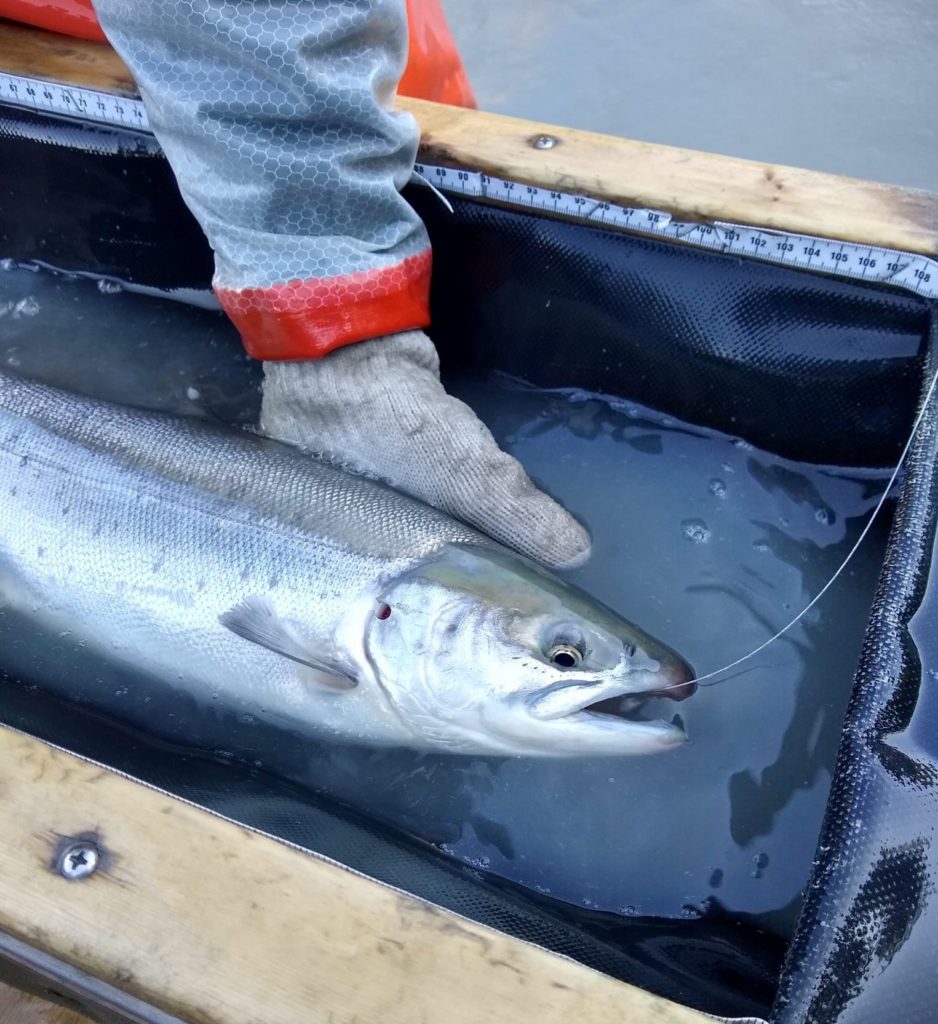
Salmon are captured by a research fishwheel in the lower Copper River. Measurements are taken, and then they are are radio tagged and released.


